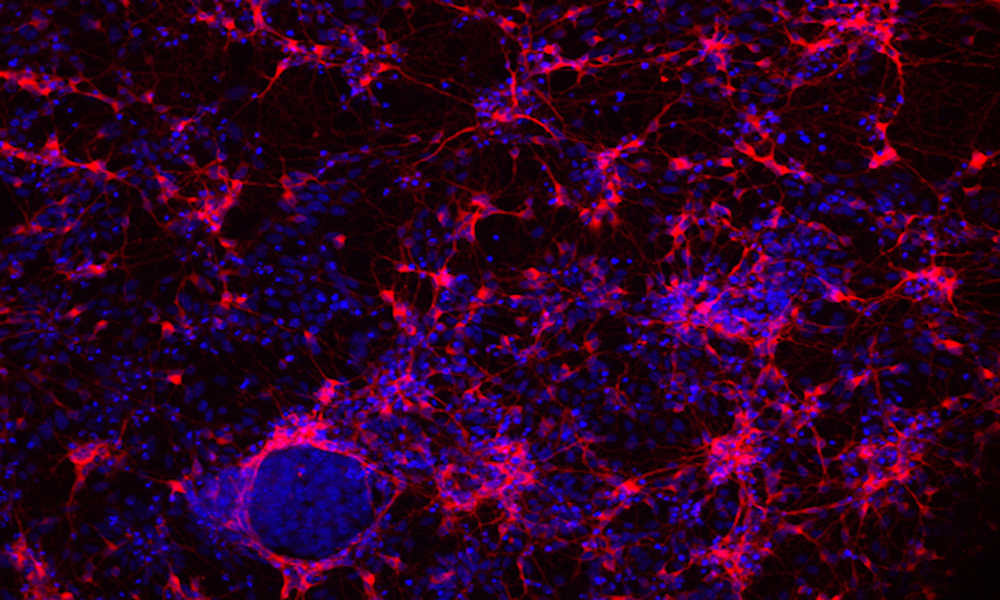
New insights into gene regulation
EMBL researchers investigate the role of a histone protein in regulating gene expression

Scientists in EMBL’s Noh and Zaugg groups, with collaborators from the University of Pennsylvania, have investigated the role of a protein called H3.3 in regulating gene activity, as they report in Nature Genetics. This research offers new insights into the fundamental processes involved in gene expression and cellular differentiation – the process by which cells change into more specialised cell types during development.
Coiling and uncoiling DNA
The DNA in a single one of your cells – if stretched out – would be around two metres long, yet all of it is packed into a space less than one-hundred-thousandth the volume of a grain of sand. To achieve this extraordinary feat, the cell uses various proteins that help to coil and package the DNA. An important class of these proteins are histones: microscopic cable tidies around which the DNA is coiled at regular intervals along its length.
But histones do much more than simply keep the DNA tidy. They can also undergo chemical modifications that are recognised by other proteins in the cell. This has important consequences for gene activity, for example by causing certain stretches of DNA to unwind and become more accessible to proteins that switch genes on or off.
This study targeted a specific histone called H3.3. Mutations in this histone, or the proteins that modify it, have been shown to contribute to the development of diseases including cancer. By studying H3.3, the scientists hoped to gain deeper insights into how these processes work.
Widespread changes
Like all proteins, histones are made up of a chain of building blocks called amino acid residues. In this study, the scientists edited the genomes of embryonic mouse cells to create cells in which residues in two specific locations in H3.3 were changed from one type of amino acid to another. They found that one of these changes impaired the process by which the cells differentiated to become more specific cell types (in this case nerve cells), and caused widespread changes in gene expression.
They then took a closer look to understand how mutations in H3.3 cause this failure in cell differentiation. In cells that carry the mutation, they found that H3.3 proteins do not appear at specific sites in the genome where they are usually present. The mutant H3.3 proteins also reduce the binding of other proteins called chromatin remodellers at these sites. This causes the DNA at these sites to remain in an unwound, accessible state where the genes are constantly switched on. This abnormal gene regulation confuses the cells about what cell type they want to become.
“We did not expect this type of function of the histone H3.3 residue,” says EMBL group leader Kyung-Min Noh. “Lots of things happen between a mutation occurring in a histone and the abnormal gene expression that leads to failure of cell differentiation. Our findings help to clarify the exact chain of events.”
The study also shows that mutations in H3.3 provide a useful system for investigating how specific amino acid residues affect the role of histones in gene regulation, allowing us to understand more about the part they play in the development of diseases such as cancer.


